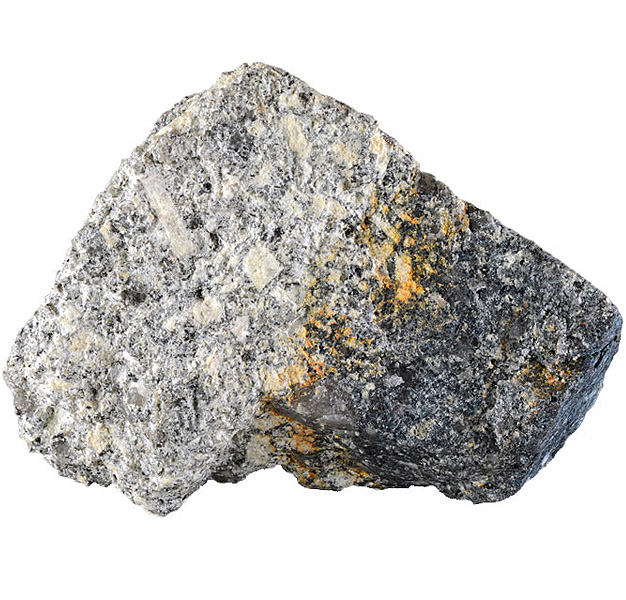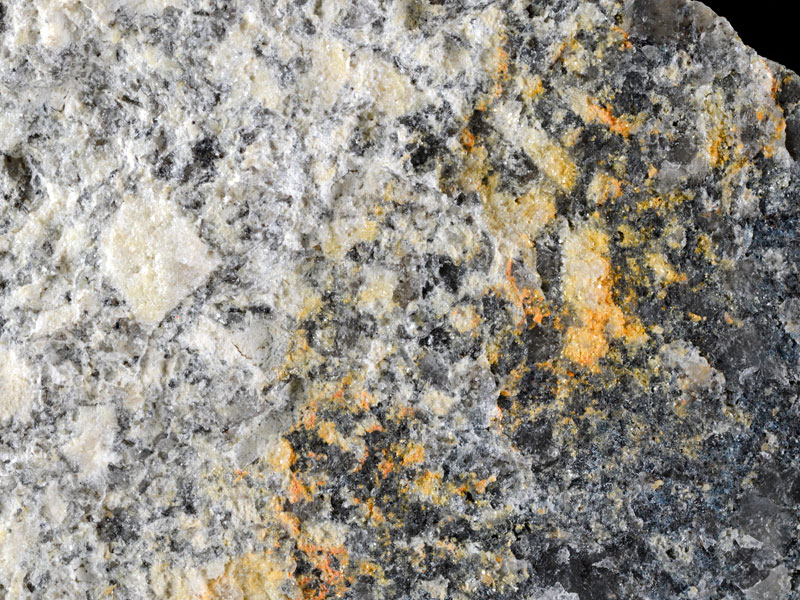
Fact sheet
This sample originates from Goonbarrow china clay pit, St Austell, Cornwall, which is one of many greisen areas bordering aplite veins. The greisens were caused by fluids flowing through the veins early in the mineralisation sequence and were associated with hydraulic fracturing of the country rock. The greisens are commonly associated with tin, tungsten and copper mineralisation.
In thin section the rock is rich in quartz and equidimensional tourmaline grains exhibiting characteristic patchy brown/blue colouring and low second order birefringence colours. Fine-grained topaz is also very common and appears to have replaced large areas of the pre-existing minerals. Original feldspar has been entirely replaced mainly by fine-grained sericite.
The United Kingdom Virtual Microscope (UKVM) collection consists of igneous, sedimentary and metamorphic rocks from around the UK.
It is intended as a teaching resource, helping to tell the story of the common rock types and how they form, and reflecting the history of the UK at the margins of the continent of Europe. The collection is a series of teaching sets, for example igneous rocks from the North Atlantic Igneous Province and SW England; high-temperature metamorphic rocks from Scotland and low-temperature metamorphic rocks from Wales; and sedimentary rocks, including English limestones and sandstones.







